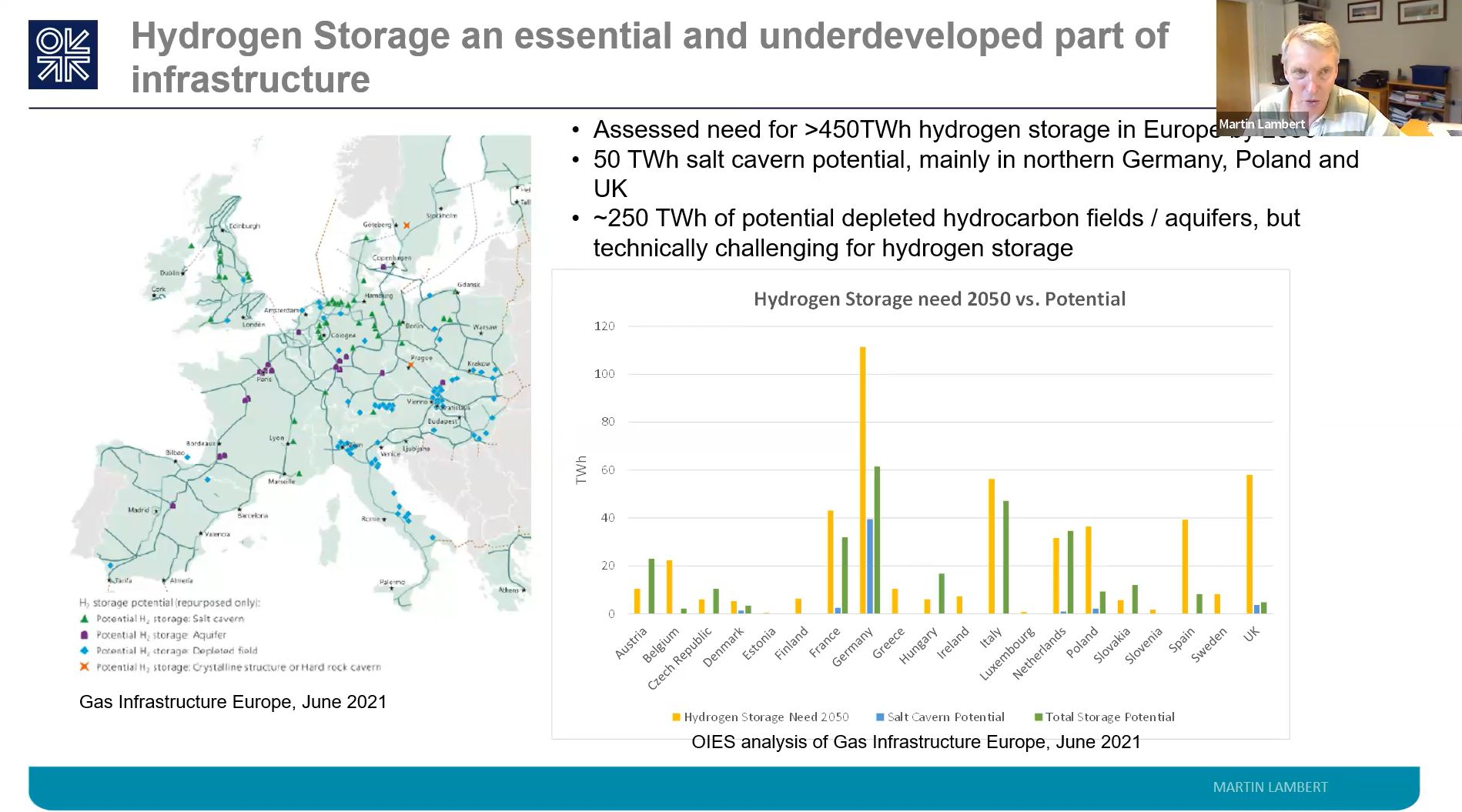
18 September 2023
As part of our ‘’WEC Mondays-Guest Speaker Series’’ we hosted Martin Lambert, Head of Hydrogen Research Oxford Institute for Energy Studies.
In Martin’s presentation on ‘‘Clean Hydrogen: Hope or Hype’’, Martin highlighted:
· Low carbon hydrogen will play an important role in decarbonizing the energy system-but only in certain applications such as refining/petrochemicals, power generation, ammonia, steel making, and transportation.
· Electrification is likely to be favored over renewable hydrogen due to higher efficiency and ease of use. From light vehicles to house appliances, anything that can be electrified should be electrified.
· For clean hydrogen to play a significant role in global energy system, development of full value chain is crucial. There needs to be more electrolyser factories, additional renewable power generation capacity to bring down the cost of producing clean hydrogen. More pipelines and networks are needed to establish economical yet safe transportation of green hydrogen.
· Green hydrogen is significantly more expensive than hydrogen coming from fossil fuels. Green hydrogen’s price is largely dependent on the price of renewable power. Low-cost renewable power will ultimately lead us to lower cost green hydrogen.
· Rapid roll out for renewable power generation and Carbon Capture and Storage (CCS) is a pre-requisite for scale up of clean hydrogen. More than 90% of global hydrogen production is from fossil fuels which estimated to emit 900 million tonnes of CO2. Total global CCS today is merely 40 million tonnes.
· Clean hydrogen production to date is largely from government funded pilot / demonstration projects. For instance, UK Government committed £ 1 billion to support 4 CCS projects, Norwegian government also committed $1.63 billion to ‘‘Northern Light’’ project which was able to capture 1.5 million tonnes of CO2. While these commitments in Europe are promising, global effort on clean hydrogen is not.
· REPowerEU hydrogen targets 10 million tonnes of green hydrogen production by 2030 seems unlikely. 10 million tonnes of green hydrogen require an additional 500 TWh renewable electricity generation. 26 GW renewable energy capacity were added in 2021, while 45 GW additional capacity is needed each year to reach the REPowerEU hydrogen target.
· Hydrogen trade is likely to start over relatively short distances since transporting hydrogen by pipeline is much more feasible than transporting it by ship.
